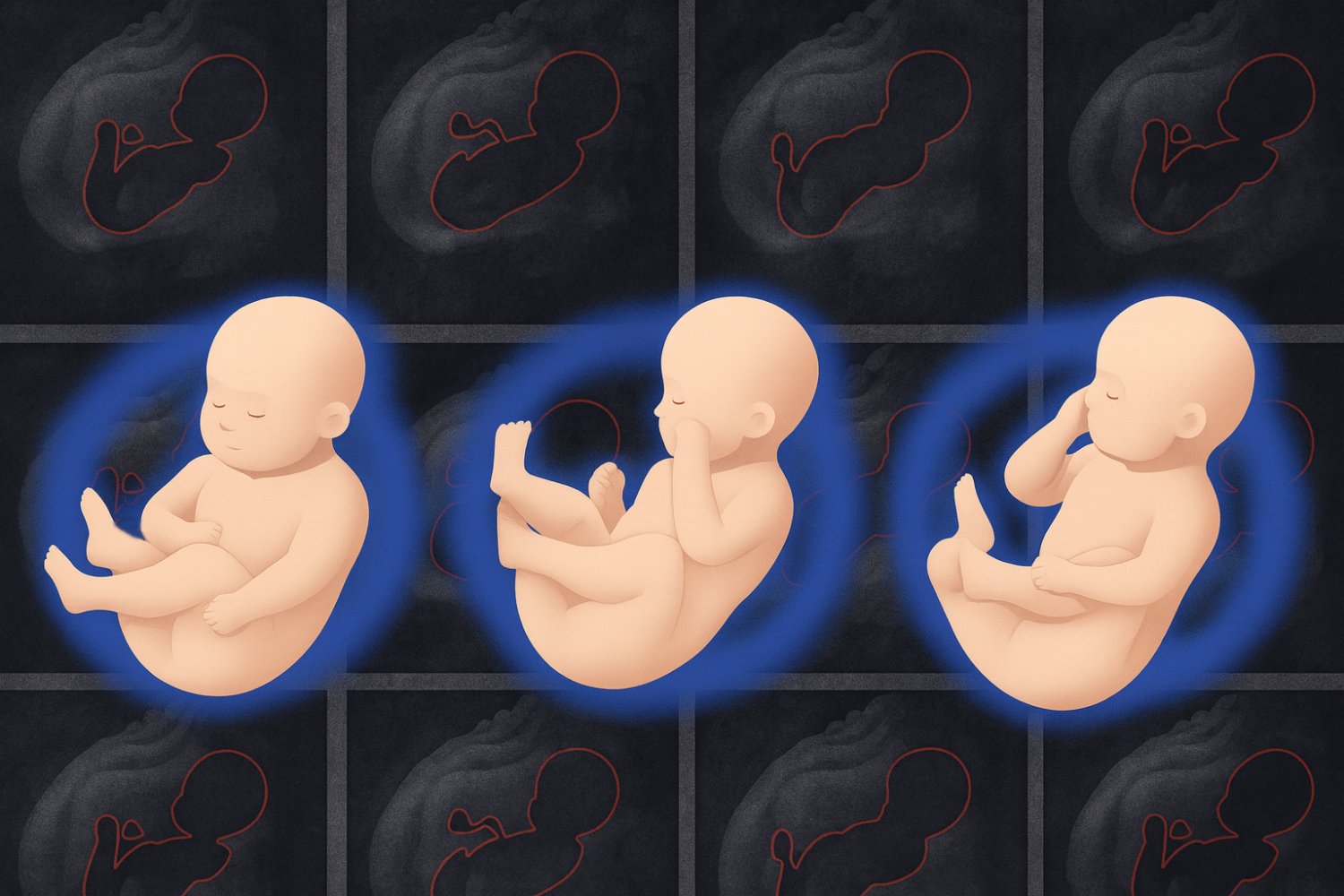Introduction to Fetal Development Analysis
For pregnant women, ultrasounds are an informative procedure that produces two-dimensional black-and-white scans of fetuses. These scans can reveal key insights, including biological sex, approximate size, and abnormalities like heart issues or cleft lip. If a doctor wants a closer look, they may use magnetic resonance imaging (MRI), which captures images that can be combined to create a 3D view of the fetus.
The Challenge of Interpreting 3D Scans
MRIs aren’t a catch-all solution, though; the 3D scans are difficult for doctors to interpret well enough to diagnose problems. This is because our visual system is not accustomed to processing 3D volumetric scans. Enter machine learning, which could help model a fetus’s development more clearly and accurately from data. However, no algorithm has been able to model their somewhat random movements and various body shapes, until now.
Fetal SMPL: A New Approach
A new approach called “Fetal SMPL” from MIT’s Computer Science and Artificial Intelligence Laboratory (CSAIL), Boston Children’s Hospital (BCH), and Harvard Medical School presents clinicians with a more detailed picture of fetal health. It was adapted from “SMPL” (Skinned Multi-Person Linear model), a 3D model developed in computer graphics to capture adult body shapes and poses. Fetal SMPL was then trained on 20,000 MRI volumes to predict the location and size of a fetus and create sculpture-like 3D representations.
How Fetal SMPL Works
Inside each model is a skeleton with 23 articulated joints called a “kinematic tree,” which the system uses to pose and move like the fetuses it saw during training. The extensive, real-world scans that Fetal SMPL learned from helped it develop pinpoint accuracy. The tool closely matched the position and size of fetuses in MRI frames it hadn’t seen before, with an average misalignment of about 3.1 millimeters, a gap smaller than a single grain of rice.
Clinical Potential
The approach could enable doctors to precisely measure things like the size of a baby’s head or abdomen and compare these metrics with healthy fetuses at the same age. Fetal SMPL has demonstrated its clinical potential in early tests, where it achieved accurate alignment results on a small group of real-world scans. According to lead author Yingcheng Liu, “Our approach overcomes this challenge using a system of interconnected bones under the surface of the 3D model, which represent the fetal body and its motions realistically.”
Comparison with Other Systems
Fetal SMPL was tested on shape and pose accuracy against the closest baseline the researchers could find: a system that models infant growth called “SMIL.” The team shrank those models by 75 percent to level the playing field. Fetal SMPL outperformed this baseline on a dataset of fetal MRIs between the gestational ages of 24 and 37 weeks taken at Boston Children’s Hospital.
Future Developments
The researchers have just begun testing their system in the real world, where it produced similarly accurate models in initial clinical tests. While these results are promising, the team notes that they’ll need to apply their results to larger populations, different gestational ages, and a variety of disease cases to better understand the system’s capabilities. Additionally, the team intends to make their tool volumetric, modeling the fetus’s inner anatomy from scans, to better monitor babies’ internal health.
Conclusion
Fetal SMPL presents a precise and unique upgrade to 3D fetal health analysis. The system’s ability to capture fetal movements and poses accurately could improve the diagnostic utility of fetal MRI and provide insights into the early functional development of the fetal brain. As the researchers continue to develop and test their system, it has the potential to become a valuable tool for clinicians and expectant parents alike.
FAQs
Q: What is Fetal SMPL?
A: Fetal SMPL is a new approach that uses machine learning to model a fetus’s development from MRI data, creating a 3D representation of the fetus.
Q: How does Fetal SMPL work?
A: Fetal SMPL uses a skeleton with 23 articulated joints to pose and move like the fetuses it saw during training, and predicts the location and size of a fetus from MRI volumes.
Q: What are the potential benefits of Fetal SMPL?
A: Fetal SMPL could enable doctors to precisely measure fetal development and compare it with healthy fetuses, improving the diagnostic utility of fetal MRI and providing insights into fetal brain development.
Q: Is Fetal SMPL currently being used in clinical practice?
A: The researchers have just begun testing their system in the real world, and while the results are promising, more testing is needed to fully understand the system’s capabilities.











